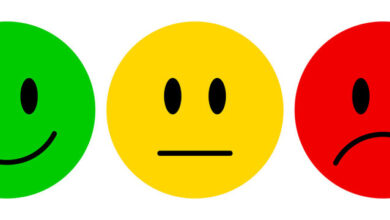Hair Styling Tools: How Brush Blow Dryers Have Changed The Game

In the hairstyling world, technological innovations have continuously revolutionized how we care for and style our hair. One such game-changing tool is the brush blow-dryer.
Combining the functionality of a brush and a blow-dryer into one convenient device, brush blow dryers have transformed the hairstyling experience for both professionals and enthusiasts.
In this article, we will explore the evolution of hairstyling tools, delve into the mechanics of brush blow dryers, and discuss how they have become indispensable for achieving a variety of hair looks.
Evolution of Hair Styling Tools
Hairstyling has always been an integral part of human grooming practices, dating back to ancient civilizations, where various tools and techniques were used to adorn and maintain hair.
Over time, technological advancements have led to the development of more sophisticated hairstyling tools, each catering to specific needs and trends.
The emergence of the modern hair dryer in the early 20th century marked a significant milestone in hairstyling technology.
Initially bulky and inefficient, early hair dryers underwent numerous improvements in design and functionality, eventually leading to the creation of the brush blow dryer.
Mechanics of Brush Blow Dryers
A brush blow-dryer combines the functions of a hairbrush and a blow-dryer in a single device, making it a versatile tool for drying, styling, and smoothing hair.
The typical components of a brush blow-dryer include a motorized fan, heating elements, and bristles that can vary in size and material to accommodate different hair types and styling needs.
The mechanics of a brush blow-dryer involve the generation of hot air by the heating elements, which is then directed through the bristles onto the hair.
As the user brushes through the hair with the device, the hot air helps to dry and style the hair simultaneously, resulting in a smooth and polished look.
Advantages of Brush Blow Dryers
Brush blow dryers offer several advantages over traditional hair dryers and styling tools, making them a popular choice among hairstylists and consumers alike. Some of the key advantages include:
- Time-saving: The combined functionality of a brush and a blow-dryer allows for faster styling, reducing the overall time spent on hair care routines.
- Versatility: Brush blow dryers can be used to create a variety of styles, including straight, wavy, and curly looks, making them suitable for different hair textures and lengths.
- Convenience: The all-in-one design of brush blow dryers eliminates the need for multiple tools, saving space and simplifying the styling process.
- Reduced heat damage: The controlled airflow and heat settings of brush blow dryers help minimize heat damage to the hair, promoting healthier-looking locks.
Tips for Using Brush Blow Dryers
To make the most of a brush blow-dryer, it is essential to use the tool correctly and efficiently. Here are some tips for using brush blow dryers effectively:
- Start with towel-dried hair to remove excess moisture before using the brush blow-dryer.
- Divide the hair into sections for easier styling, starting from the bottom layers and working your way up.
- Use the appropriate heat setting for your hair type to avoid overheating and damage.
- Rotate the brush while drying to add volume and movement to the hair.
- Finish with a blast of cool air to set the style and add shine to your hair.
Conclusion
Brush blow dryers have undoubtedly changed the game in the world of hairstyling, offering a convenient and effective way to achieve salon-quality results at home.
With their versatility, time-saving capabilities, and hair-friendly features, brush blow dryers have become a staple tool for anyone looking to elevate their hairstyling.
As technology continues to evolve, we can expect further innovations in hair styling tools, but for now, the brush blow dryer stands as a testament to the transformative power of modern hair care technology.



